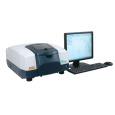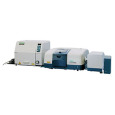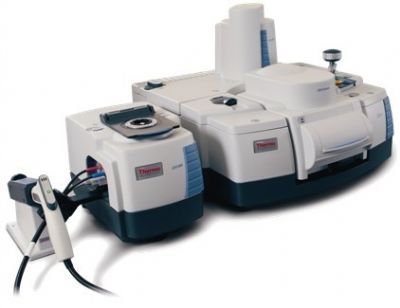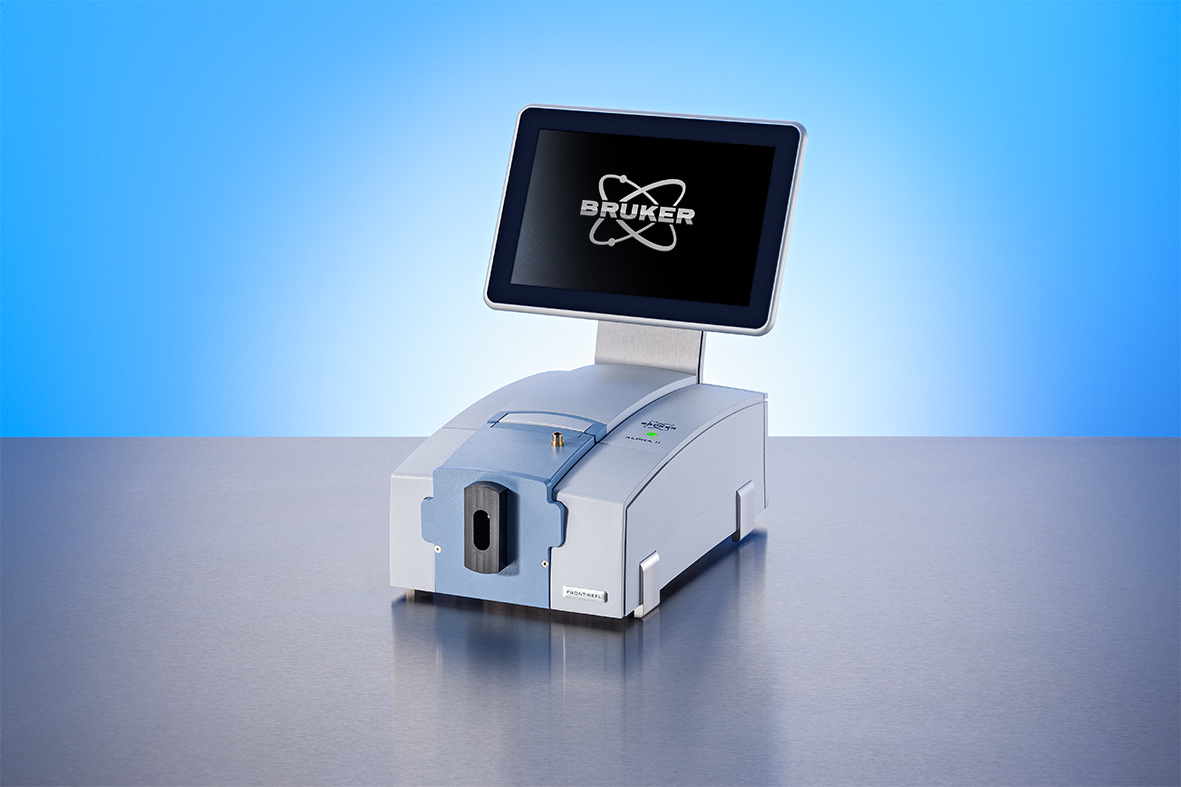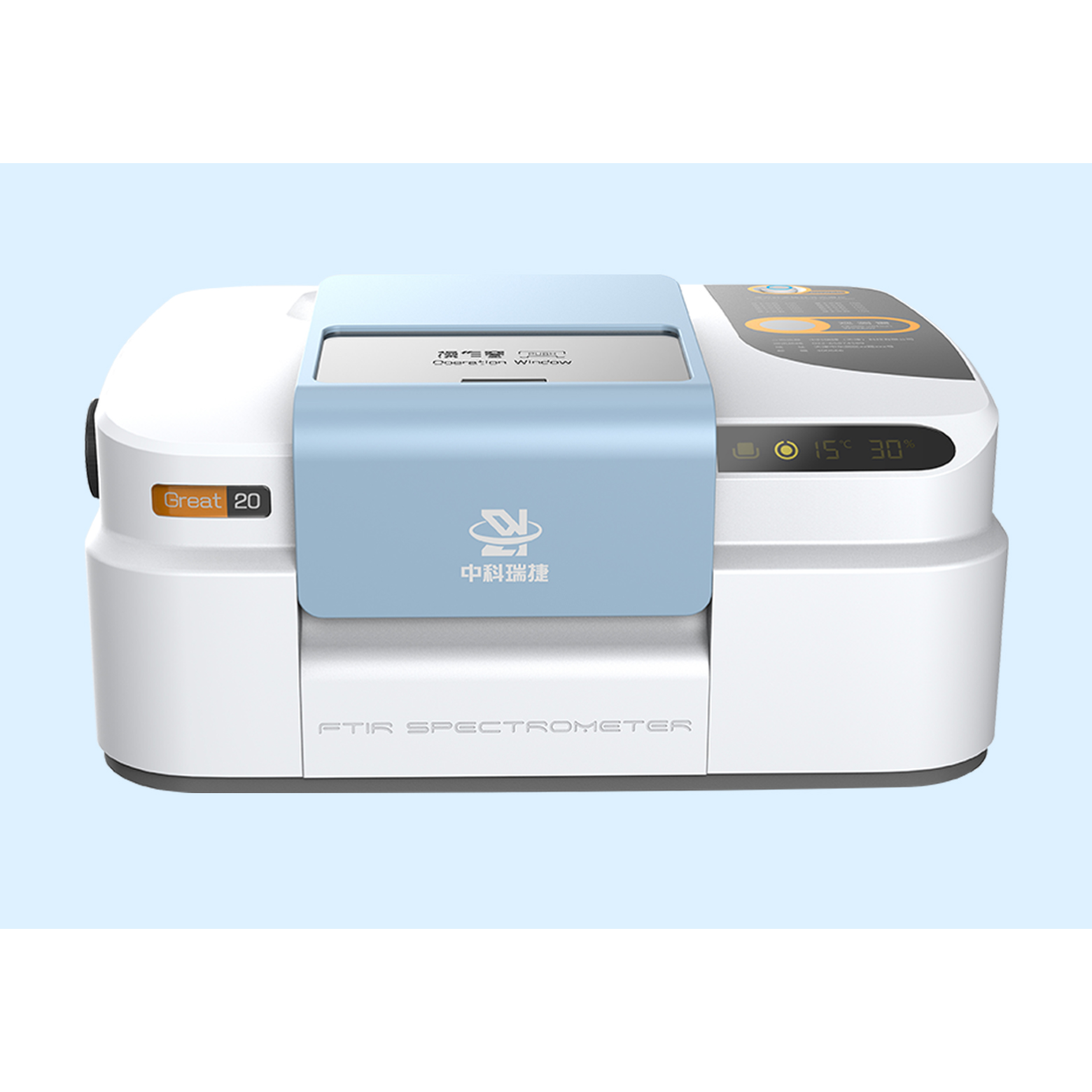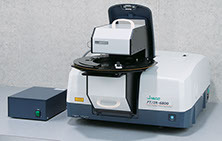
方案详情
文
Figure 1: ATR-500/Mi?ATR crystal plate (Upper right: Prism and liquid cell)
Characterized by wavelengths longer than the mid-infrared region, the far-infrared region is also referred to as the terahertz region. In recent years, this region has been used to evaluate crystal polymorphs for pharmaceuticals and semiconductor device materials, as well as for archaeological research applications, including the study of inorganic pigments. Light in the far-infrared region (terahertz waves) corresponds to hydrogen bonding and Van der Waals forces believed to hold the key to an understanding of the functional
方案详情

Application Note Characterized by wavelengths longer than the mid-infraredregion, the far-infrared region is also referred to as theterahertz region. In recent years, this region has been usedto evaluate crystal polymorphs for pharmaceuticals andsemiconductordevicematerials,as well1 as forarchaeological research applications, including the study ofinorganicpigments.Light inthe far-infrared region(terahertz waves) corresponds to hydrogen bonding andVan der Waals forces believed to hold the key to anunderstanding of the functional expressions; of andstructural changes in biological molecules in liquids, as wellas absorptionenergy in hydrophobicinteractions.Calculations, generally theoretical, have been applied forsuch purposes in the past, but using light in the far-infraredregion should allowthe acquisitionof importantexperimental information regarding such behavior. Figure 1:ATR-500/Mi+ATR crystal plate(Upper right: Prism and liquid cell) The transmission method is commonly used for measurements in the far-infrared region but is not suitable formeasurements of samples with significant absorption in the far-infrared region. For measurements of liquidsamples such as biological molecules in an aqueous solution, cell thickness must be reduced to about 10 umor less to avoid the effects of solvent absorption. This makes it difficult to directly measure gel-state materialsor biological samples, like protein solutions. ATR measurements utilize infrared light focused into acrystalline prism which penetrates slightly into the sample when the sample and the prism are in intimatecontact. The method allows easy measurements of samples with good contact characteristics, such as liquidsand gel-state materials, simply by placing the sample on the prism. Although the effects of moisture vapor aremore pronounced in the far-infrared region than in the mid-infrared region, maintaining the interferometerand sample chamber in a vacuum during measurements reduces the effects of the water bands, butdepressurizing the sample chamber to a vacuum causes liquid samples to vaporize, preventing ATR samplemeasurements of the sample. The liquid triple-reflection ATR crystal plate for the THz (far-infrared) regionthat can be mounted on the ATR-500/Mi, used for these measurements, is configured to allow sealing of theATR crystal area. This keeps the liquid from vaporizing when the sample chamber is depressurized andenables simple ATR measurements. The Si prism in the ATR accessory can provide a penetration depth ofapproximately 2 um at 1000 cm and approximately 10 um at 200 cm. To verify the relationship between hydration and ions in various aqueous electrolyte solutions, Far-IR ATRmeasurements of pure water and various salt water solutions were performed using the JASCO FT/IR-6300FV, and a liquid triple-reflection ATR accessory. The results of these measurements are outlined below. 2. Measurement Conditions Accessory: ATR-500/Mi + liquid triple-reflection ATR crystal plate (for Far-IR) Sample: pure water, 2 or 5 mol/L-Sodium chloride and Potassium chloride solution, 2 mol/L-Calciumchloride solution 140-AT-0221 3. Results and discussions ATR measurements were performed of pure water in the mid-infrared and far-infrared regions. The resultsobtained by applying ATR corrections to the measured spectra are shown in Figure 2. The measurementconditions are given in Table 1. As shown in Table 1, the FT/IR-6000 series allows changes in the lightsource and beam splitter based on measurement frequency, enabling measurements across a broad spectralrange. A peak near 600 cm potentially assigned to the absorption resulting from the intermolecular motionof water is shown in Figure 2. Another peak was observed near 180 cm (yellow border in Figure 2), whichis assigned to hydrogen bonding. The change in the behavior of the peak near 180 cmresulting from thesolute type was also measured. Table 1 Measurement Conditions for Mid-IR and Far-IR region Wavenumber[cm-11 Beam splitter Light source Detector 4000-400*1(Green-lined) Ge/KBr High-intensityceramic source DLATGS(standard) 450-100*2(Blue-lined) 5 pm Mylar High-intensityceramic source Si bolometer(option) 110-20(Red-lined) 25 pm Mylar water-cooledmercury lightsource *1 The ATR PRO470-H (diamond prism) was used under normalatmospheric conditions. *2 The S/N ratio is lower in the frequency range of 150 cm- and below. The stack graph (Figure 3) shows the ATR spectra ofthese aqueous solutions near 180 cm. Table 2 and Fig. 3indicate the positions of the peaks assigned to hydrogenbonding. In all cases, the monovalent cation shifts towardthe low frequency side compared to water, indicating acorrelation between density and shift width. In thePotassium solution (K+) the large ion radius shifts thepeaksignificantly toward the low frequency side, ascompared to the Sodium solution (Nat). In an aqueoussolution containing Calcium (Ca+), a bivalent cation, thepeak shifts toward the high frequency side compared towater alone, behavior opposite that of the monovalentcation. This suggests that the ion radius, the electricalcharge, and the water solution activity affect the hydrogenbonding energy. As described above, using a liquid ATR accessory formeasurements of solutions in a vacuum in the far-infraredregion was confirmed to be highly effective in detectingslight changes in the behavior of aqueous solutions. Sincesignificant differences between Nat and K+ were verifiedin the measurements, we believe the liquid ATR accessorydesigned for the Far-IR region should find applicationsnot just in the analysis of hydrogen bonding andintermolecular forces, but also the functions of andstr hanges in molesules in solution utelucidating phenomena within biological organisms. Figure 2: ATR spectra of pure water (Upper right: Enlargement below 1000 cm) Table 2 Peak Shift of Each Sample Sample(Valence) Ion radiusnm| Conc.[mol/L] Peak top「cm-1 Peak shiftcm1 H0 - - 182.2 - CaCl2aq (+2) 0.114 2.0 187.1 +4.9 NaClaq(+1) 0.116 2.0 181.3 -0.9 5.0 177.4 -4.8 KClaq (+1) 0.152 2.0 177.4 -4.8 5.0 164.9 -17.3 Figure 3: ATR spectra of Each Sample Portable Synchrotron Light Sources and Advanced Applications,2007, 73-76. copyrightOJASCO CorporationJASCO INTERNATIONAL CO.,LTD- Sennin-cho -chome, Hachioji, Tokyo JapanTel:+Fax:+
确定
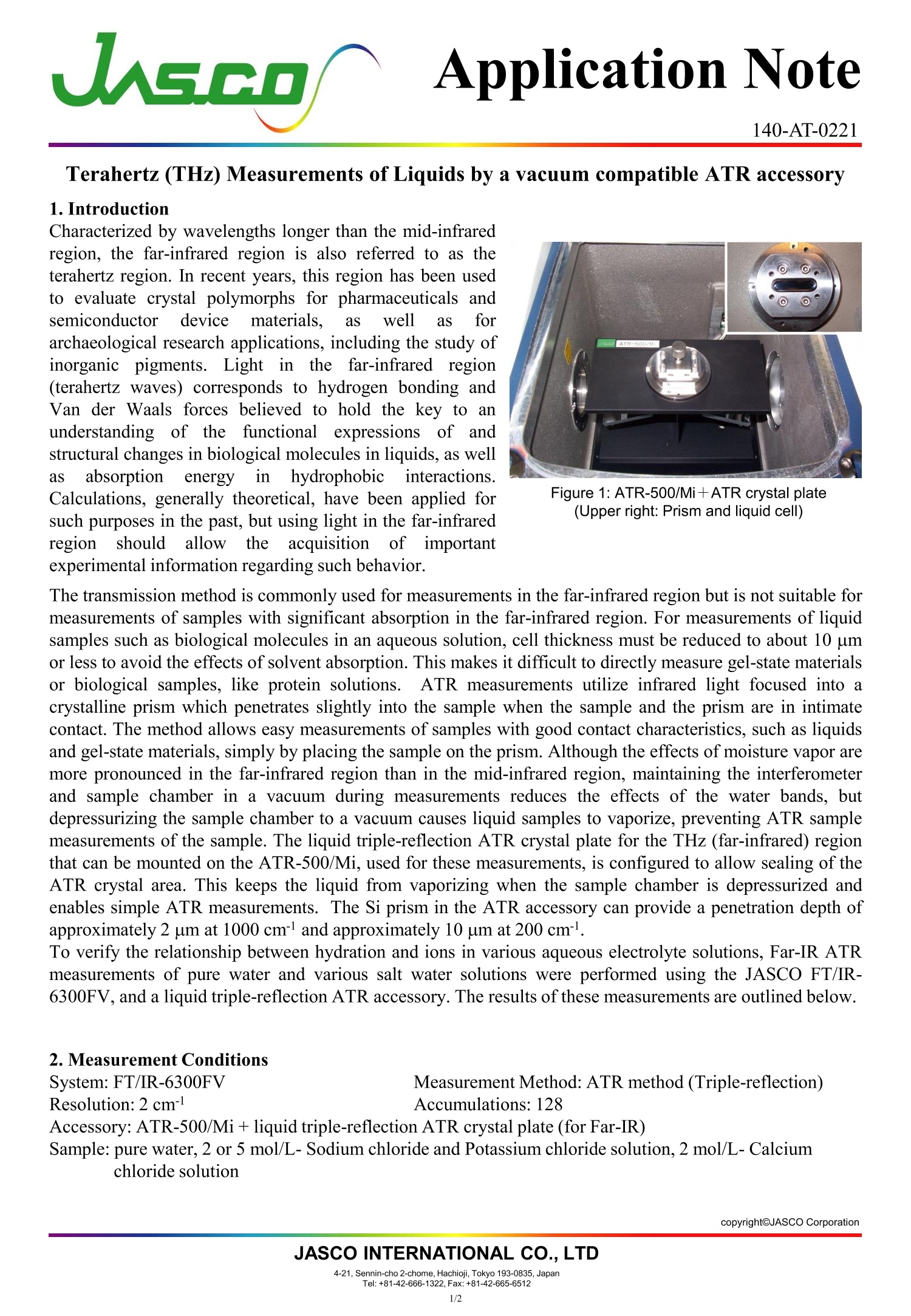

还剩1页未读,是否继续阅读?
佳士科商贸有限公司为您提供《饮用水中有机物综合指标检测方案 》,该方案主要用于环境水(除海水)中其他检测,参考标准--,《饮用水中有机物综合指标检测方案 》用到的仪器有JASCO傅立叶变换红外光谱仪FT/IR-6000、JASCO FTIR-4000傅立叶变换红外光谱仪、jascoRFT-6000傅立叶变换红外拉曼光谱仪
推荐专场
相关方案
更多
该厂商其他方案
更多










